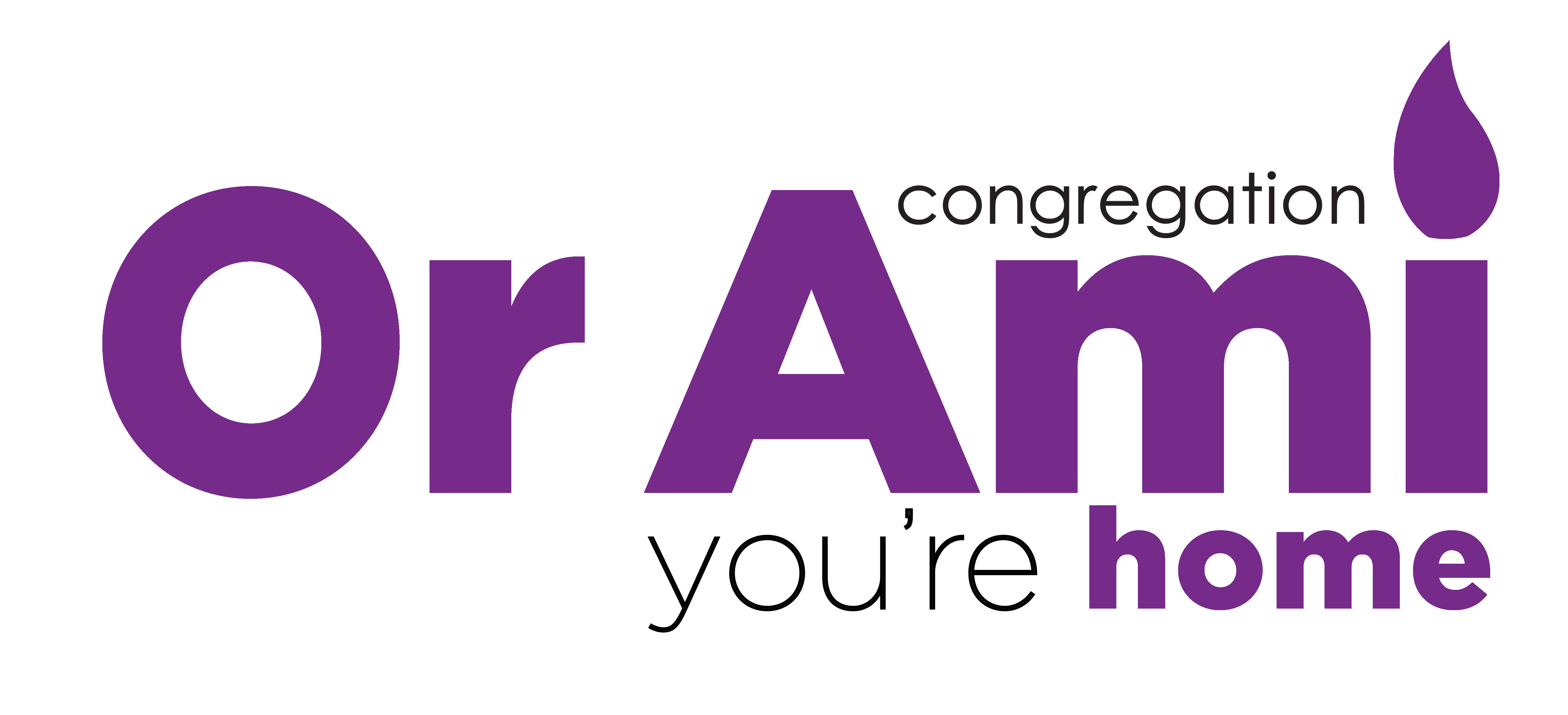
6 Steps of Teshuva by Rabbi Paul Kipnes
Jewish tradition teaches that we need to engage in the process of teshuva year-round. The High Holy Days are a reminder for those procrastinators among us to get moving on this life-fixing process. These 6 steps of teshuva are distillation of the medieval rabbi Maimonides’ Laws of Repentance can help guide all of us as we do the work we need to do.
1.REGRET
No wrongdoing can be transformed until we first recognize the error of our ways. A private, deeply personal step, regret implies that we truly feel remorse for what we have done. One cannot begin to make teshuva by apologizing for an action if you do not really believe you were wrong. Such repentance, undertaken without a sense of regret, does not lead to true healing. Guilt can be helpful here. Guilt that sense of shame about our actions is connected to regret. Guilt can be good if it propels us forward on the path toward change.
2. RENOUNCE
To renounce our wrongdoings requires honest personal evaluation. We look into our hearts and souls and admit to ourselves that our actions were wrong. No excuses. No rationalizations. We cease to see the action as a necessary consequence of our personality. We distance ourselves, emotionally and intellectually, from the deed. Renouncing a sin does not mean that we deny that it happened or that we deny doing it. Rather, renunciation means that we reject any sense that we needed to act as we did.
3. CONFESS
Confession acknowledges that saying something aloud to others makes it real. Speaking about our mistakes forces us to confront the consequences of our actions and come to terms with why performing them was so seductive. There are two levels to a confession: confessing to the victim and then confessing to those who know the victim or who know about the wrongdoing.
Confessing our wrongdoings begins with confessing to those we most directly wronged. Openly, honestly, and without holding back, we admit our wrongdoing, describe our regret, renounce our actions, apologize, and then steel ourselves for the onslaught of emotion to come. Only after this, does the sinner then confess to third parties, those touched by the wrongdoing, whether by their knowledge of the act or by their relationship to the victim. You may wonder why Judaism expects a sinner to effect first a private, face to face confession when we live in a world, which seems to encourage people to go first onto TV talk shows to confess publicly their sins? Jewish tradition declares that forgiveness only can be bestowed by the one wronged. As such, true repentance ensures that the one wronged hears the confession first. Moreover, such a confession is more poignant and believable. The repentant stands before the one harmed and prepares to take the blame.
4.RECONCILE
These first three steps address the sinner’s needs. Step four, reconcile, focuses on the one wronged. However commendable regret or confession may be, these alone do not heal someone who has been hurt or deceived. If teshuva is to be more than a simple way for the sinner to feel good again – if it is to become a tool for repairing souls, both the sinner’s and the victim’s – then it must transcend the realm of the emotion and conversation, and enter the tangible world of action.
To reconcile with the person wronged begins with sincere apology. It continues with a long term investment of our time and energy, as long as necessary, until the sinner and the person wronged are able to work through this problem. We may need to spend significant time talking. We may need to give the other person time alone and space. Be patient. You see, we quickly hurt others but it takes time to heal.
5. MAKE AMENDS
Making amends acknowledges that healing the pain we have caused needs to be achieved through mundane actions. We begin with financial compensation. We offer to pay, where appropriate, for therapy, spiritual counseling, or continued education for the one wronged. Then we may enroll ourselves in therapy, support groups or classes so that we may learn to identify and restrain the impulses, which led us to our sins. Volunteering a significant amount of your time to worthy causes is important. Reaching out to others is a powerful way to reenergize your soul, proving your commitment to change. Give tzedakah: a donation of money cannot buy forgiveness; it can help others who similarly hurt if given to appropriate organizations.
6.RESOLVE
Teshuva will be shleima (complete) only if we resolve not to repeat the offense. Having recognized the wrongfulness of our actions, having apologized and reimbursed the injured party, we resolve to work diligently not to fall into the same behavior when the situation or opportunity arises again.
What about God? What’s God Got to Do with It?
It is ALL about God. Yom Kippur atones for sins between a person and God (when true teshuva has taken place). But Yom Kippur does not atone for sins between two people until they have made peace with each other. God can provide us with the courage and strength to become regretful and vulnerable enough to walk the path of teshuva. God can help us access the humility we need to forgive those who have hurt us. Recognizing Adonai Echad (that God is One) and that we are part of that Oneness can make it easier to return to that Oneness through teshuvah.
